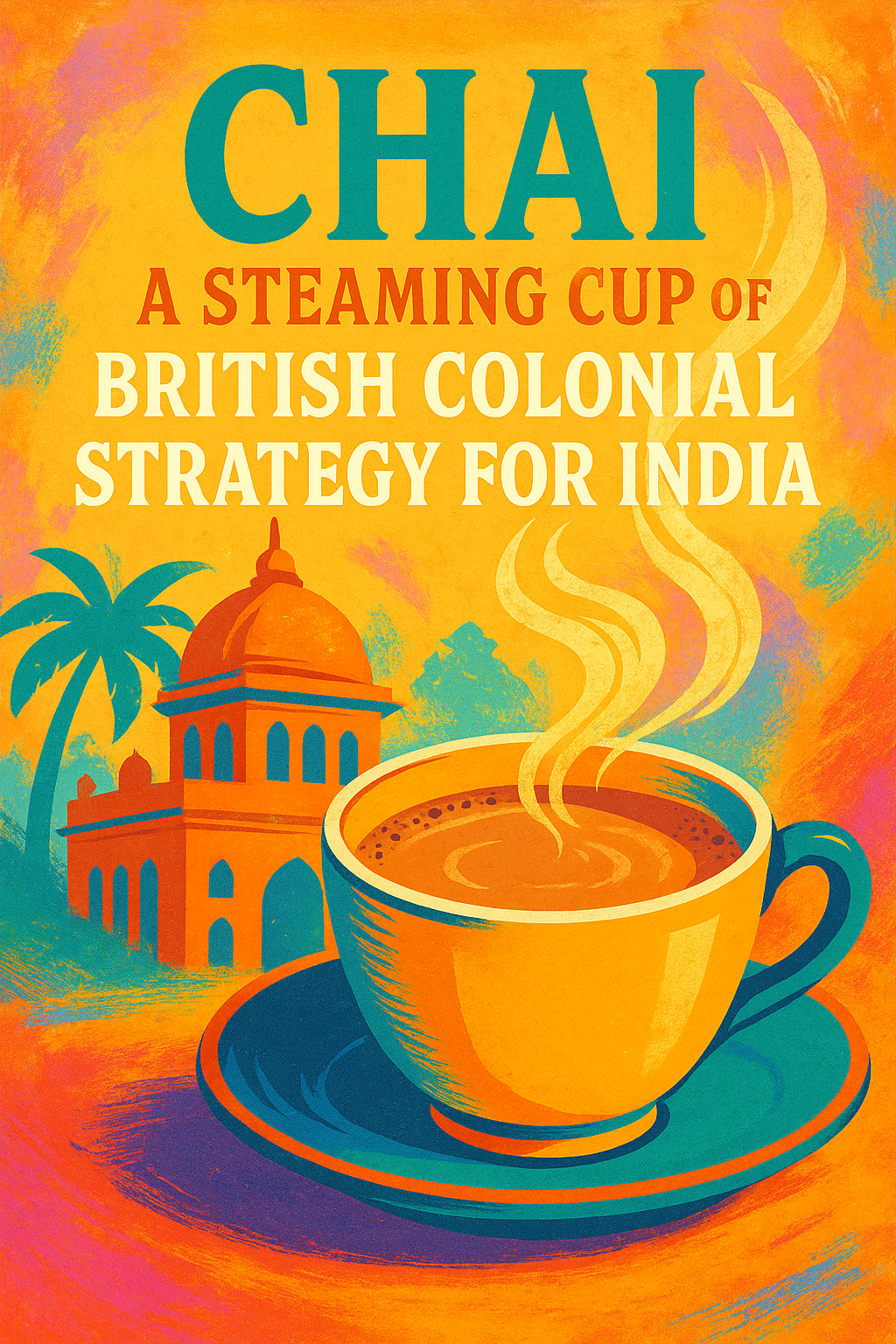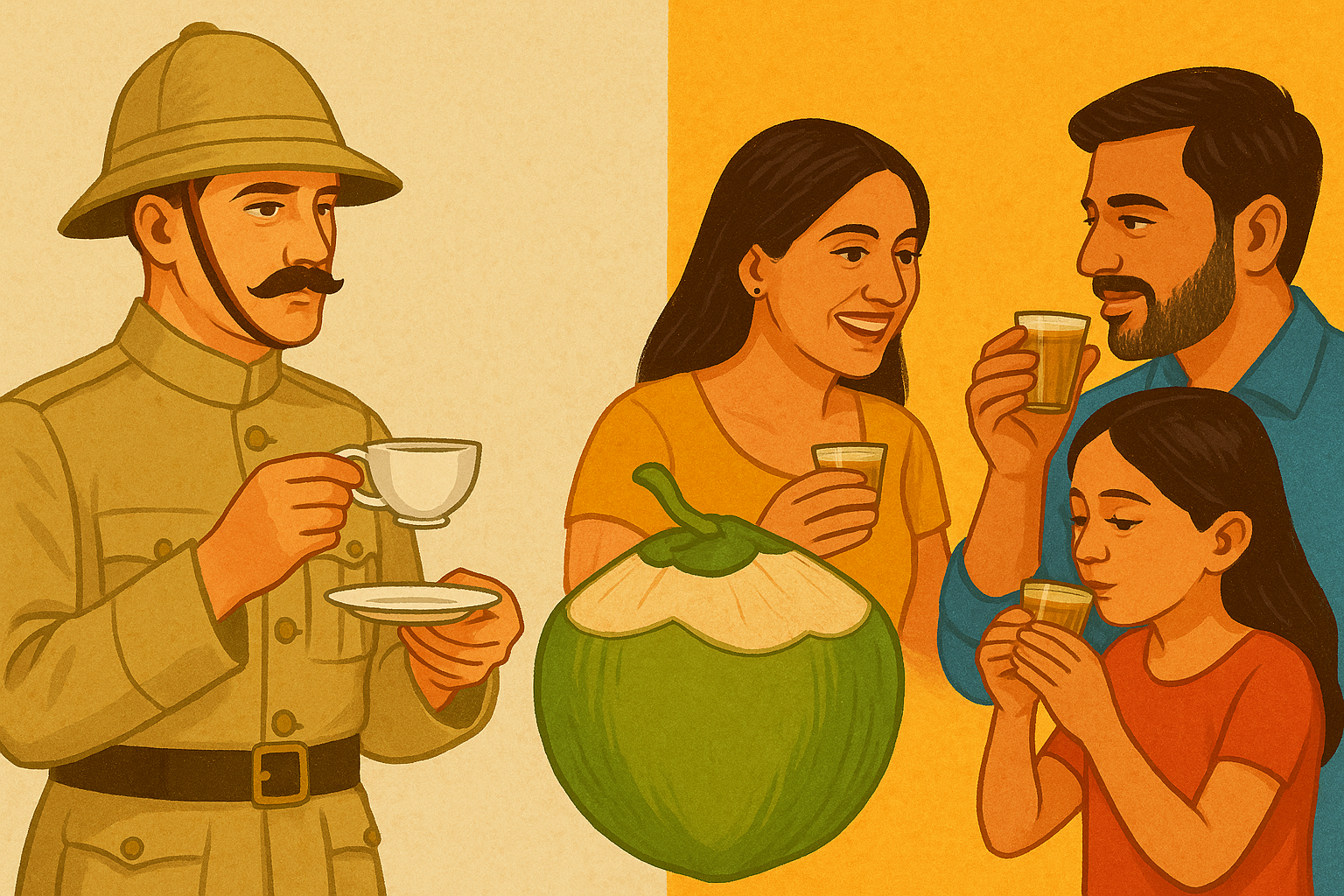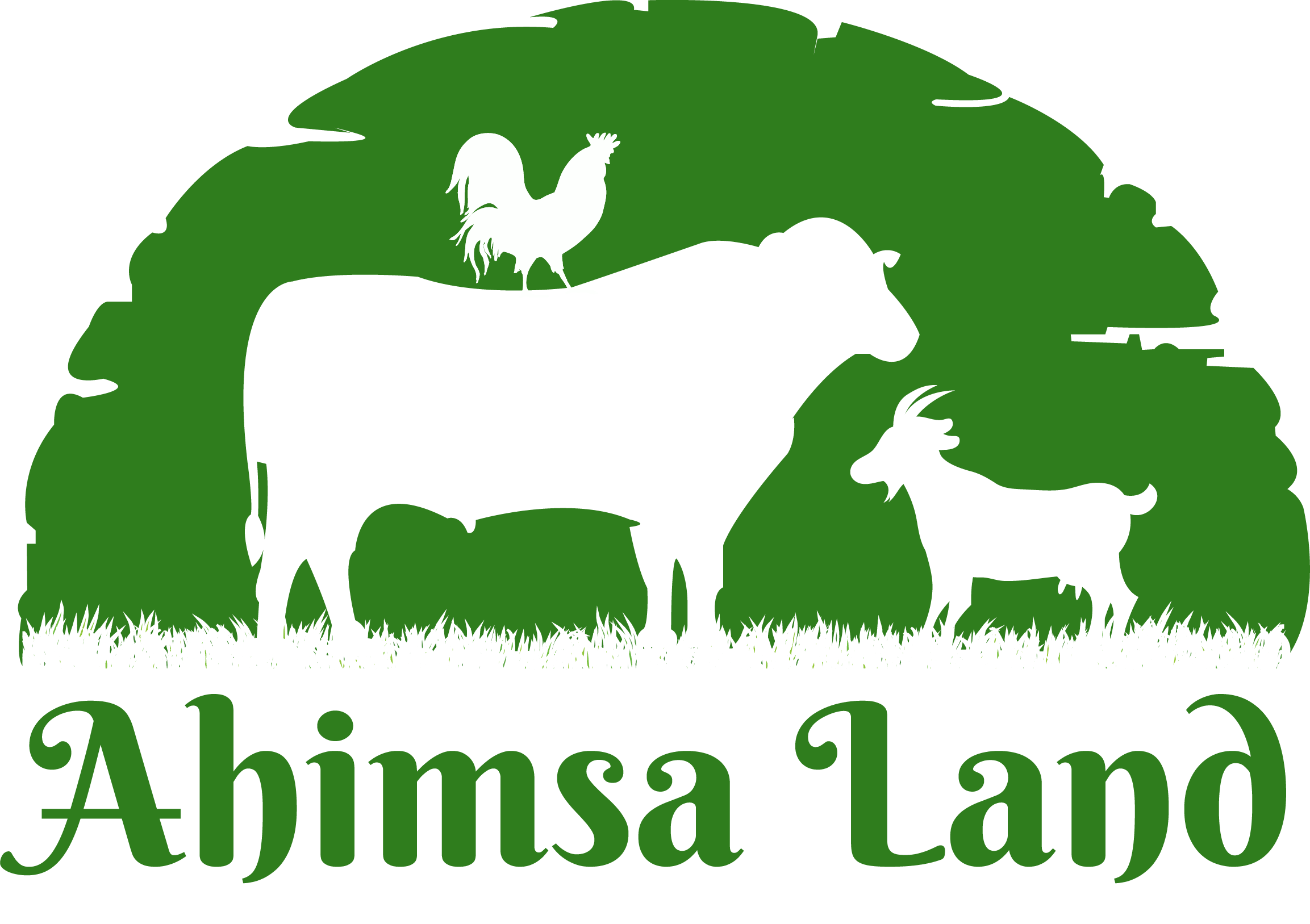☕ How the British Got Us Hooked on Chai (and Why It’s Time We Break Up with It)
Let’s get one thing clear — chai is not some ancient Indian tradition passed down lovingly from our ancestors.
It’s actually a British import. Yes, you heard that right. The very drink many Indians cannot start their day without was introduced just a couple of centuries ago. And no, not because the British wanted to be nice.

💰 A Steaming Cup of Colonial Strategy
Back in the 1800s, the British East India Company was getting jittery (pun intended). Their tea trade with China was expensive and politically risky.
So what did they do?
They turned to India’s hills and forests. Tea plantations were established in Assam, Darjeeling, and Nilgiris — not to give us a warm beverage, but to give them cold cash.
Tea was grown here, processed here, and then ‘brilliantly’ marketed back to us.
📣 How Do You Sell Something No One Wants?
Easy. Create the demand.
- Free tea samples at railway stations and offices
- Clever marketing campaigns making tea look “elite”
- Promoting tea breaks for workers to build habits
Soon, milk tea (with sugar) became the Indian identity. “Chai piyoge?” became the new “Namaste.”
But here’s the twist — just 200 years ago, Indians welcomed guests with cool water and a piece of jaggery. Herbal infusions like tulsi, dry ginger, or vetiver root were also the norm.
🌳 Forests to Farms: The Environmental Cost of Tea
To plant tea, the British cleared vast areas of ancient forests, replacing tall, water-retaining trees with short tea bushes that strip the soil, absorb more sunlight, and heat the land.
These monoculture plantations contributed to:
- Loss of biodiversity
- Soil erosion and reduced groundwater
- Regional climate change
So yes, your morning chai comes with a side of deforestation.
🚨 Is Tea Even Good for You?
Despite the hype, tea, especially with milk and sugar, isn’t the health elixir it’s made out to be.
Common side effects include:
- Acidity and bloating
- Chronic inflammation
- Insomnia and poor sleep quality
- Energy crashes and dependency
- Risk of diabetes with sugary milk chai
Drinking tea is like borrowing energy from tomorrow to function today… and paying back with interest.
🥥 What Can We Sip Instead?
Let’s go back to natural, nourishing, and joyful options:
- Tender coconut water – Full of minerals, electrolytes, and sunshine-in-a-shell. Great for body and bonding!
- Seasonal fruits – Mangoes, bananas, guavas — real energy, zero crash.
- Herbal drinks – Tulsi, cinnamon, ginger, lemongrass that are caffeine-free and healing.
Instead of tea breaks, let’s have fruit feasts or nariyal parties!
Picture this: “Wanna crack a coconut?” 🍈
🔓 Time to Un-Chai-n Ourselves
Let’s be honest: “chai” was the British Empire’s best marketing job.
They profited. We got dependent — on a drink, on a habit, on a culture of consumption that wasn’t even ours to begin with.
It’s time to wake up before the tea kicks in.
Next time someone says “Chai piyoge?”
Try: “Nariyal paani chalega?” 🌴💧

